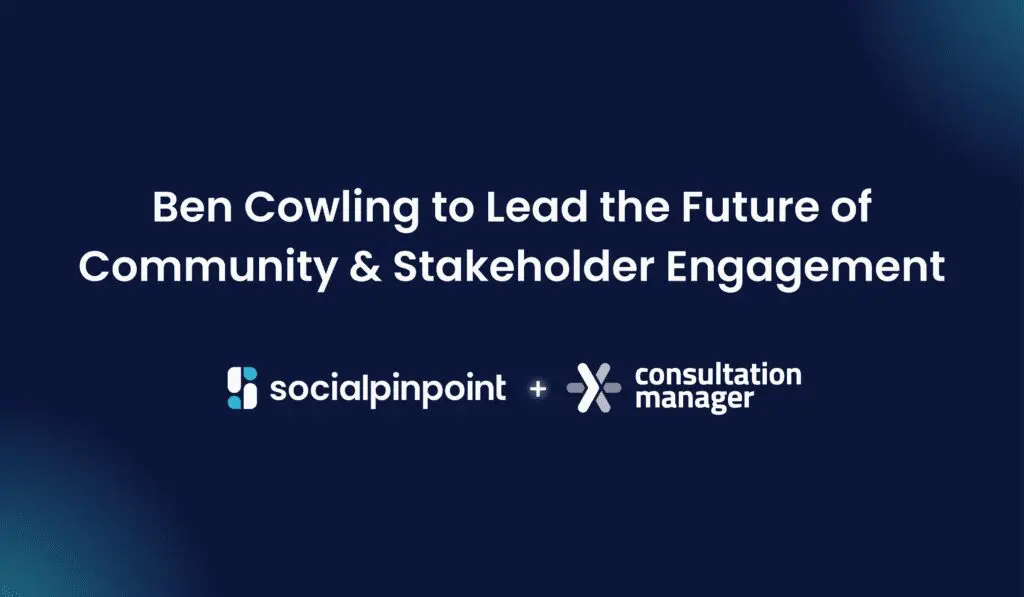Community engagement is often overlooked as a vital part of a project.
When time frames are tight and resources are limited, community engagement (and not the legislated ‘exhibition period’) is viewed as something that can be cut and where time can be bought. Convincing your boss that time and resources should be spent on the engagement process sometimes isn’t easy because the value of engagement isn’t always immediately obvious.
While minor projects will require only minimal levels of engagement, an ad in the local newspaper for example, larger projects, with many stakeholders and affected community members, experience significant gains from effective community engagement, including reduced project time frames and delivering the project within the allocated budget.
You have done your research and you know that projects with significant community interest are destined to fail if the community is not involved. But your boss doesn’t share your view and thinks that skipping community engagement is the perfect area to gain time and reduce project costs. Unless you can convince them otherwise, they are going to say no – so be prepared and have your arguments ready:
1. “There’s no time”
Time frames will be blown out if the community don’t feel like they have been given sufficient information or time to have their say. In a political environment, decision makers will be reluctant to make a final decision if the community is telling them that they have not been properly engaged. In this case, the elected representatives are likely to defer the decision until more community feedback has been obtained. The time wasted on reporting the project could have been more effectively used on up-front engagement – and the community would not have been put off side! Sometimes, there is no time NOT to engage!
2. “It’s not in the budget or the resources”
Effective community engagement does not need to be expensive. Online options are proven to be significantly cheaper, less resource intensive and more successful than more traditional methods, such as public meetings.
Importantly, online engagement tools and social media provide a platform for project information to be provided to the wider community, while allowing content to be managed. Feedback can be provided to the community in real time, reducing the risk of misinformation. Unlike some traditional forms of engagement, these methods can reduce the instances of costly negotiations with a vocal minority, which can often lead to time delays and budget blowouts.
While it will take more resources upfront to undertake prepare the engagement strategy, market it and get out there, these resources are well spent and yield great outcomes and reduce the risk of time and budget blow-outs at the back end.
3. “The community doesn’t care”
In the past, your local community has rarely bothered to get involved in projects and it’s common to receive no submissions at all on a significant project, leading the skeptic to assume that this indicates the community’s lack of care. But you need to look at what methods were used to get the community involved. Was there an inconspicuous ad in the local newspaper calling for comments on a long-term planning strategy that was difficult for the lay person to interpret, or was there a well-planned community engagement strategy, including a marketing strategy and different methods for the community to be actively involved, to ask questions and to easily provide feedback?
Unless the community member is extremely passionate about a project, or feels like it will have a negative impact on their lifestyle, there is a good chance that they will not even be aware of a project, let alone provide feedback. They are even less likely to get involved unless it is easy for them to do so.
4. “That’s not how we do things around here”
Traditionally, your organisation might just stick to the same old methods of ‘community engagement’ because that’s the bare minimum that needs to be done in order to tick the boxes. But you need to convince your boss that doing things differently is beneficial to the organisation and to the community that it is trying to serve. There are many methods available to reach out to the community on a project; online engagement methods, combined with more traditional methods are proving to be successful.
Placing value to community engagement not only results in successful projects, but it builds positive relationships and trust between the community and the organisation.
5. “The community can’t tell me anything that I don’t already know/ it has no value to add”
The community can provide new information on a project that a planning officer / engineer / elected representative may not have considered because they have a unique and intimate relationship with the area. Public involvement brings more information to the decision, including scientific or technical knowledge, knowledge about the context where decisions are implemented, history and personalities. More information can make the difference between a good and poor decision.
6. “It’s too hard”
Extra work, yes, but too hard? It doesn’t have to be. While it will require extra work to undertake effective engagement, it doesn’t need to be hard. There are many tools available to assist in making engagement easy. Using the right online engagement tools enable you collect the information electronically and leverage off real time dashboards and reporting as opposed to having to enter all the data manually.
7. “Prove it”
Finally, be armed with statistics and examples to prove that effective community engagement works. Find similar projects in other areas where there is a strong focus on community engagement. What methods were used, how many people were engaged, how many comments were received and what were the outcomes? Many online tools provide quantifiable data that make it easy to view the statistics. Talk to your colleagues in other areas and get their feedback on the methods they employed.
How do you convince your boss?
We often get feedback from colleagues that they have difficulties convincing other members of their organisations to include online community engagement in their project.
Have you come across this issue? If so, how have you been able to convince others the value online community engagement can add to their project?












